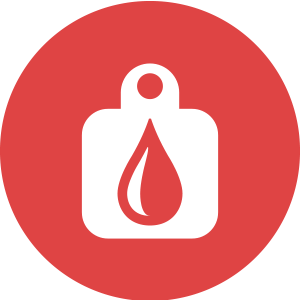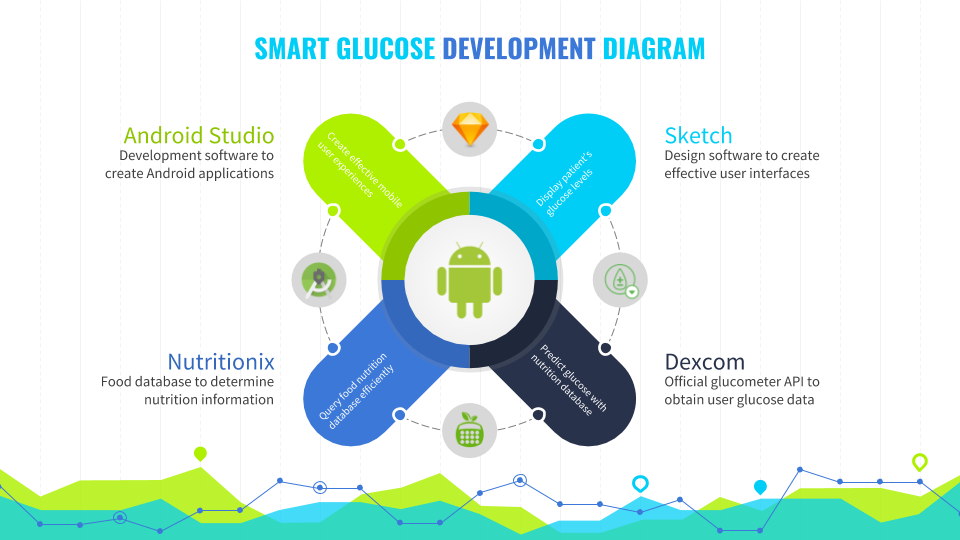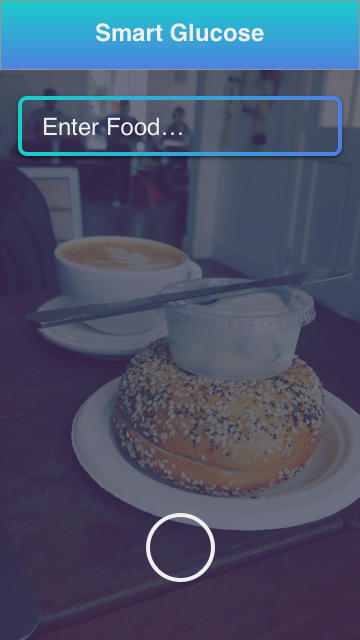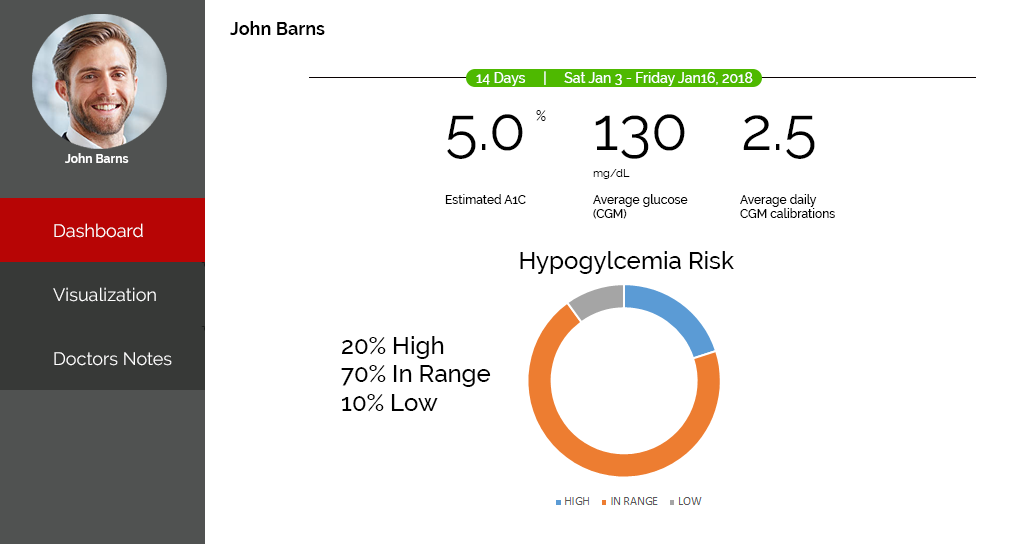Prototype Design Concepts
Visibility
Much everyday knowledge is in the world, not in the head, so visibility is one of the most important aspects in design. Ideally, natural clues are made visible, requiring no conscious thought. This application should be able to speak for itself. However, we did not want to overcomplicate our application with multiple buttons and different controls.
Accessibility
Since this application is in constant communication with the user, making it a mobile application was the most obvious choice. However, there are some parts of our application that also can use an external web page that a regular mobile phone could not display as well.







